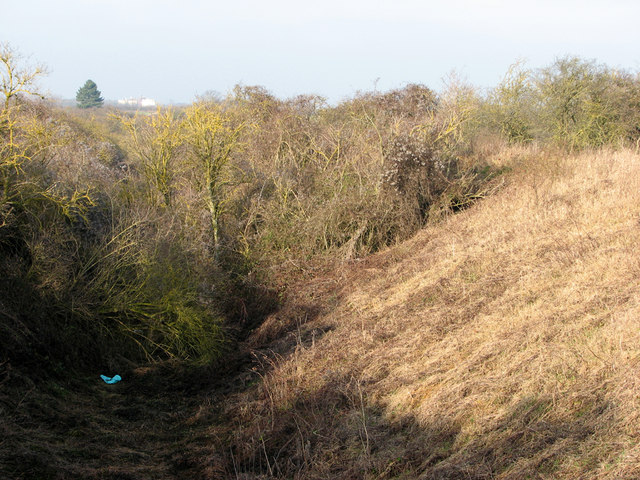 The
girl sensed the moment when their intentions changed. It was the tone of their
voices that made her increase her stride. But her need to not lose face made sure she
wouldn’t let the half-hearted excuses spew out. Of course, she could turn
back and head for the school building and see if anyone was still hanging
about. Some teacher. One of the cleaning team who should be knee-deep in the
toilets by now. Or, the single black eyes that filmed the corners where the
accidental injuries were most likely to happen. It wasn’t that she needed
protection. Just because, then someone would know who she’d been with
after school. She wouldn’t let her show fear. Common sense was weakness
when she had to do the daily walk to school with these boys. And, there was no
way out of it. They'd asked. She'd said Yes. And, one way or another, everyone was going to know what happened.
The
girl sensed the moment when their intentions changed. It was the tone of their
voices that made her increase her stride. But her need to not lose face made sure she
wouldn’t let the half-hearted excuses spew out. Of course, she could turn
back and head for the school building and see if anyone was still hanging
about. Some teacher. One of the cleaning team who should be knee-deep in the
toilets by now. Or, the single black eyes that filmed the corners where the
accidental injuries were most likely to happen. It wasn’t that she needed
protection. Just because, then someone would know who she’d been with
after school. She wouldn’t let her show fear. Common sense was weakness
when she had to do the daily walk to school with these boys. And, there was no
way out of it. They'd asked. She'd said Yes. And, one way or another, everyone was going to know what happened.
She figured she could handle it.
They were three, so it wasn’t like she could fight it.
The playing field behind the old
building was edged with trees, the short thick ones with thorns that ripped liked
filed acrylics or light tap from a styling comb. The contractors had laid an orange plastic path to save their vans from sinking into the mud but the rain and the
heavy moving equipment had shown that right. It was cold, but not so cold the
rain had eased off. The dark grey clouds weren’t troubled by white and the rain
was persistent. It was the heavy rain that washed out any thoughts she’d
had about maybe legging it. Being labelled spineless, and worse. If all they
had was outdoors then whatever happened would be quick. She pulled up the collar
of her blazer, pushed her hands deep into the pockets, and rolled her hips as she walked. Then she followed the orange brick road to the mobile office the
building crew had dropped into the school field where they were digging foundations for the new building.
